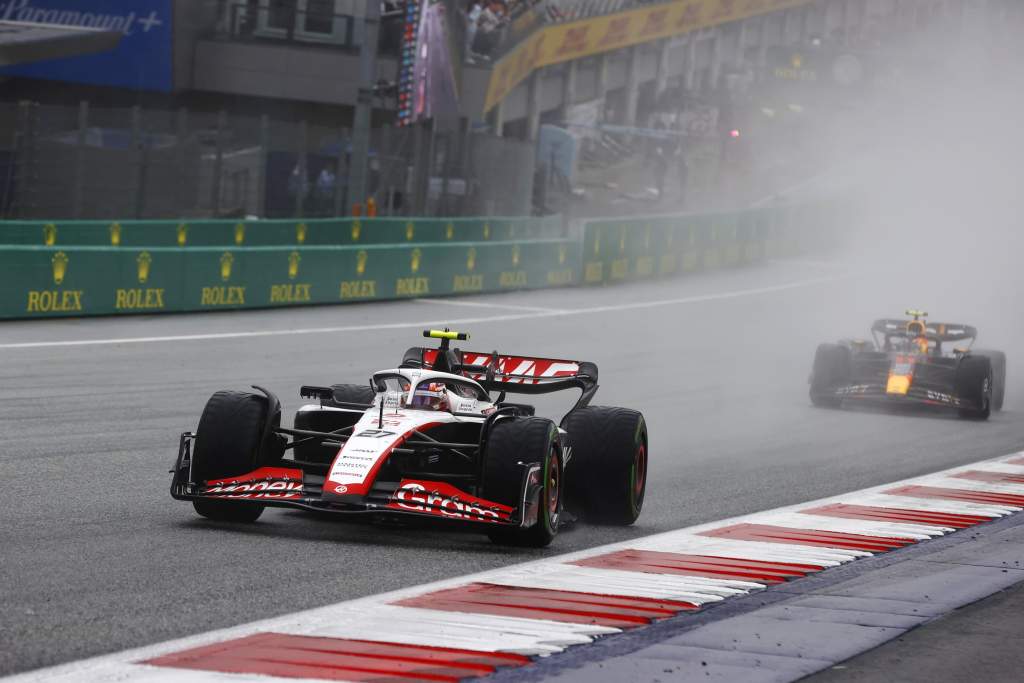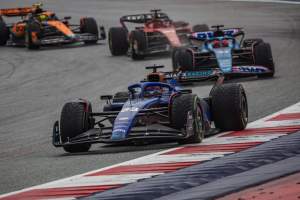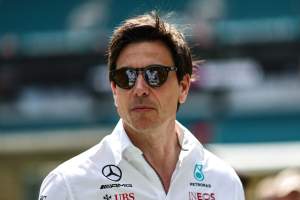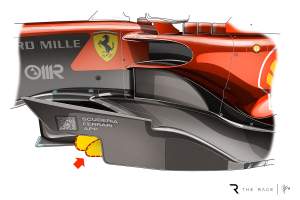Up Next

The Haas VF-23’s tyre-chewing tendencies are now well established. Nico Hulkenberg (and sometimes Kevin Magnussen) fires in a stunning qualifying lap, then inevitably drops like a stone on race day.
Hulkenberg had made four Q3 appearances prior to this weekend and yet only the Australian GP yielded points, with fifth to 15th last time out in Montreal the most dramatic realisation of Haas’s race day woes.
The Red Bull Ring sprint race was a different story, however, thanks to a particular set of circumstances that prevented Haas from losing a place in the constructors’ championship and instead gained it one.
F1 world constructors’ championship, lower half
6. McLaren – 17
7. Haas – 11
8. Alfa Romeo – 9
9. Williams – 7
10. AlphaTauri – 2
Hulkenberg’s starring role in sprint qualifying – using medium tyres to qualify fourth ahead of both Ferraris – set him up well, as did “annoying” Sergio Perez on the opening lap by passing both the Red Bull driver and Lando Norris’s McLaren for second place.
“I saw that they’re [Perez and Verstappen] close, that they’re battling, they’re going wide in Turn 2 and then decided [to go] for the inside line in Turn 3 and stayed tight and picked up Checo’s position,” Hulkenberg said when The Race asked about the move.
“Which probably would have really annoyed him, he lost a lot of time behind me!”
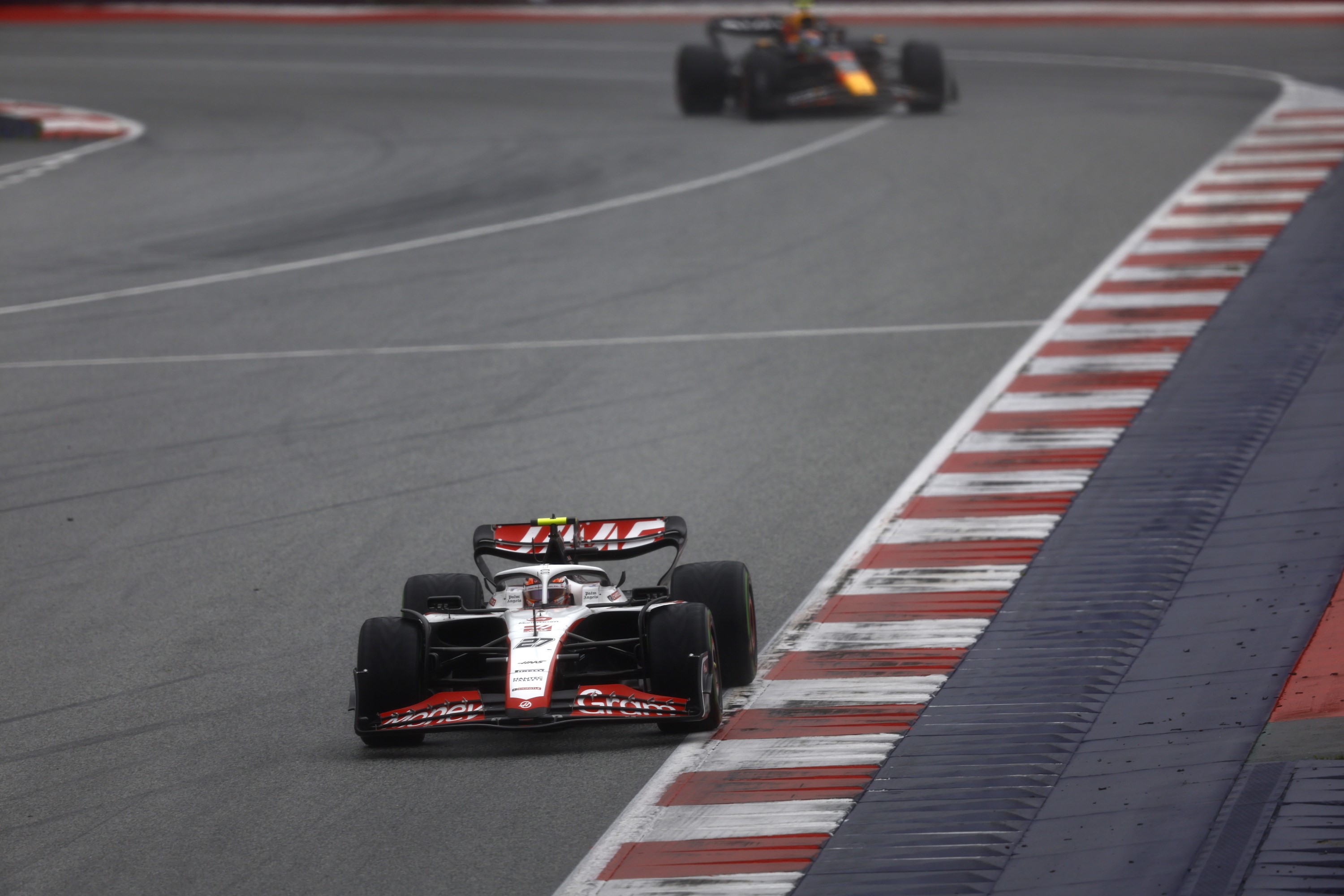
Perez spent almost 12 laps behind his old team-mate before passing him as the track began to dry and Haas’s usual 2023 flaw reared its head, with Hulkenberg’s intermediates overheating.
Had it remained wet it could have been a very different story – the wet track masks Haas’s primary weakness and further rain could have given Hulkenberg half a sniff of an even better finish.
But instead the drying track left Hulkenberg vulnerable to the cars behind – he lost third to Carlos Sainz on the next lap and then pitted three laps later as the Aston Martins swallowed him.
Hulkenberg was losing two seconds per lap to Perez in the five laps after Perez passed him – and more importantly a reasonable chunk of time to the Williams of Alex Albon behind – forcing Haas into the “only decision” it could take in pitting Hulkenberg for slicks.
However, to give away a points-paying position to a direct rival in Williams so early in the crossover phase – only two drivers had pitted at that point – was the kind of proactive decision-making that makes the difference in F1’s ultra-tight midfield.
Albon had been doing Hulkenberg a favour in holding up a train of faster cars like Esteban Ocon’s Alpine and Charles Leclerc’s Ferrari. He wasn’t facing anywhere near the same level of degradation as Hulkenberg, saying he would have “comfortably held off Esteban” had Williams not pitted him two laps after Hulkenberg.
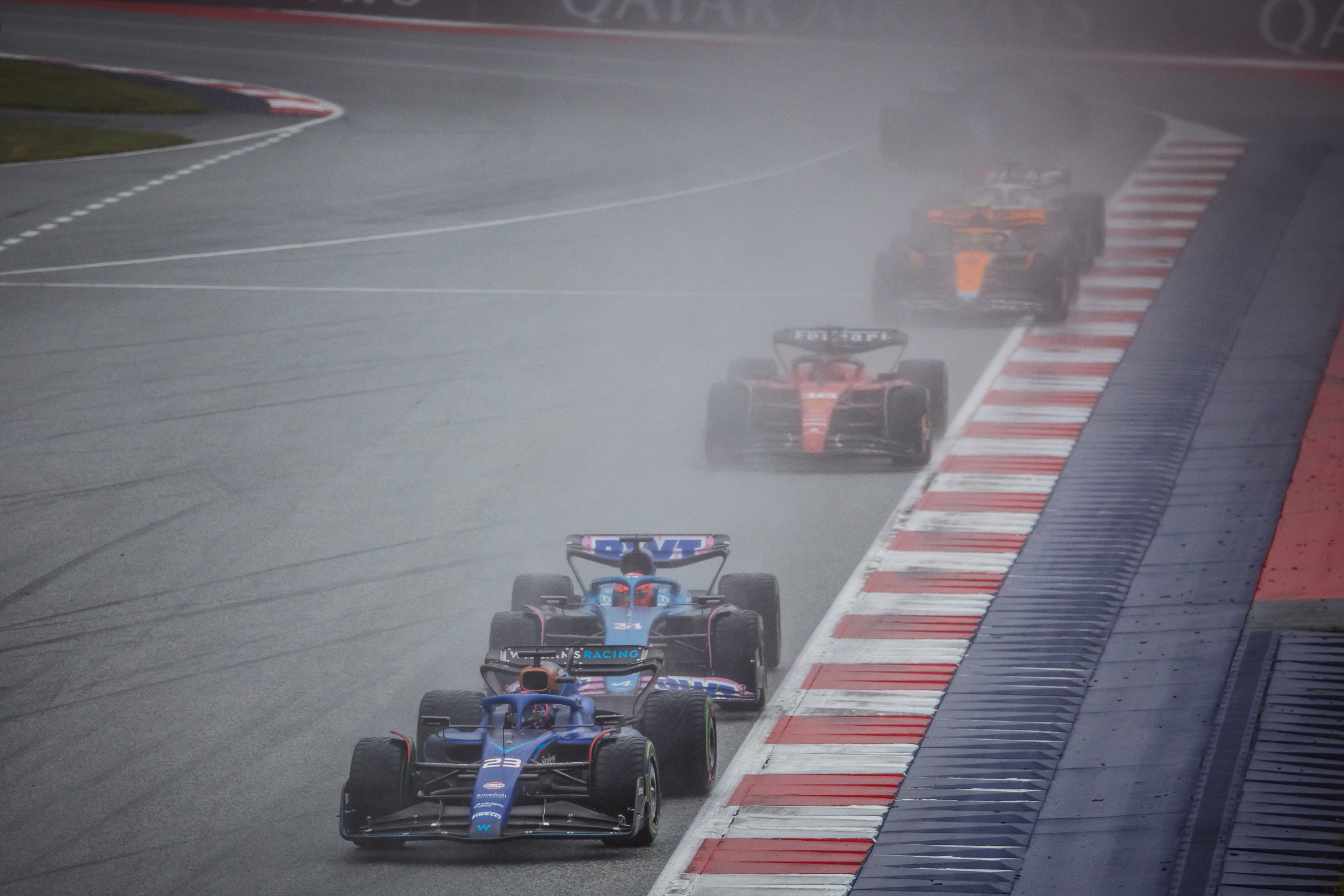
“We should’ve left him out on the inters but we were expecting more degradation than there actually was,” Dave Robson head of vehicle performance at Williams admitted.
“We could’ve got a point or two today, so we need to have a look at what we did.”
Williams’ error and Haas’s correct call – even if it was one encouraged by its primary weakness – proved to cause a crucial swing in the lower half of the constructors’ table. Instead of Williams jumping Haas with a couple of sprint race points for eighth place, Haas’s three points for sixth lift it from eighth to seventh ahead of Alfa Romeo – who locked out the last two places in the sprint.
Any chance of Alfa rescuing anything from its torrid sprint qualifying was ruined by it inexplicably fitting Valtteri Bottas with slicks for the start, a strategy it abandoned before the race even began with a formation lap pitstop.
Ultimately Haas triumphed in a game of tight strategy calls and Hulkenberg helped it all along with arguably the best day of his comeback so far, while team-mate Magnussen was unable to make the same impression on the points places.
It wasn’t the kind of morale-boosting performance that suggests Haas’s season is going to turn around nor that recent upgrades have cured its tyre degradation woes.

Haas still has a fundamental problem with its 2023 car. It will likely continue to qualify strongly and then capitulate in the race.
In fact the latest example of that will probably come in the grand prix later today – with Hulkenberg starting eighth but facing a mammoth task to remain in the top 10 with the Red Bull Ring’s final two corners in particular likely to punish Haas’s tyres.
Overtaking has never been much of a problem here, particularly when there’s the kind of tyre offset that a tyre-chewing VF-23 can create.
Fixing that is likely to be a long-term problem, one that until addressed will be the cause of plenty more pain aside from very particular circumstances and conditions – namely low track temperatures and/or a consistently wet track.
When you consider each upcoming track on the calendar in turn there are very few where you’d bet on Haas’s tyre-chewing not manifesting in a damaging way. Perhaps a cold Spa or Monza is its best hope but even the typically low-deg Montreal circuit proved troublesome for Haas’s rear tyres when others went unscathed.
So Haas may be thankful come the end of the season that it maximised and salvaged this rare opportunity.
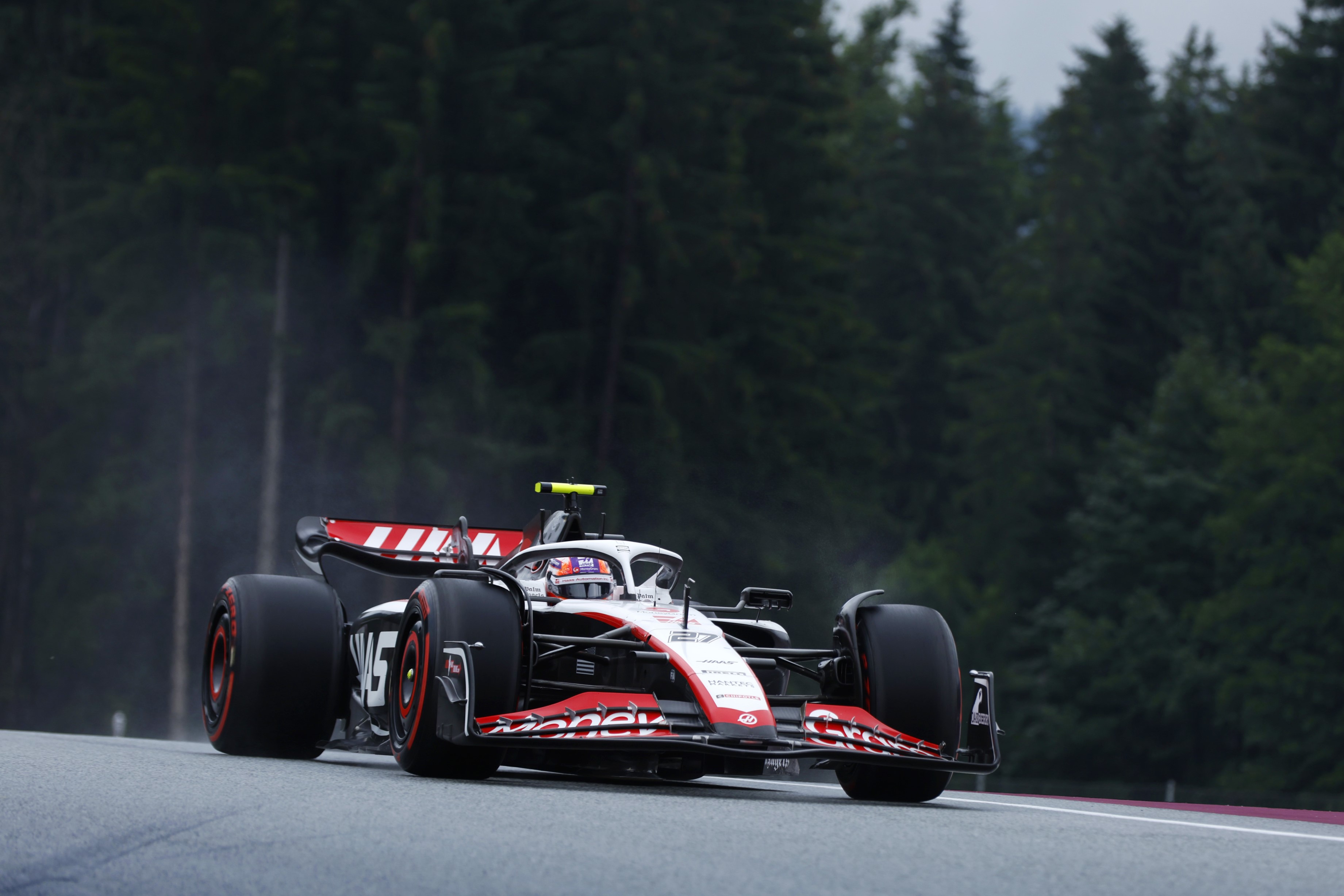
Three points is exactly the kind of margin that could separate any of the teams seventh-10th – if we presume the upgraded McLaren has the legs to stretch an advantage over them – by the end of the year.
So Hulkenberg and Haas can be delighted with their stellar efforts but deep down they’ll know their painful 2023 trend is only going to continue.


